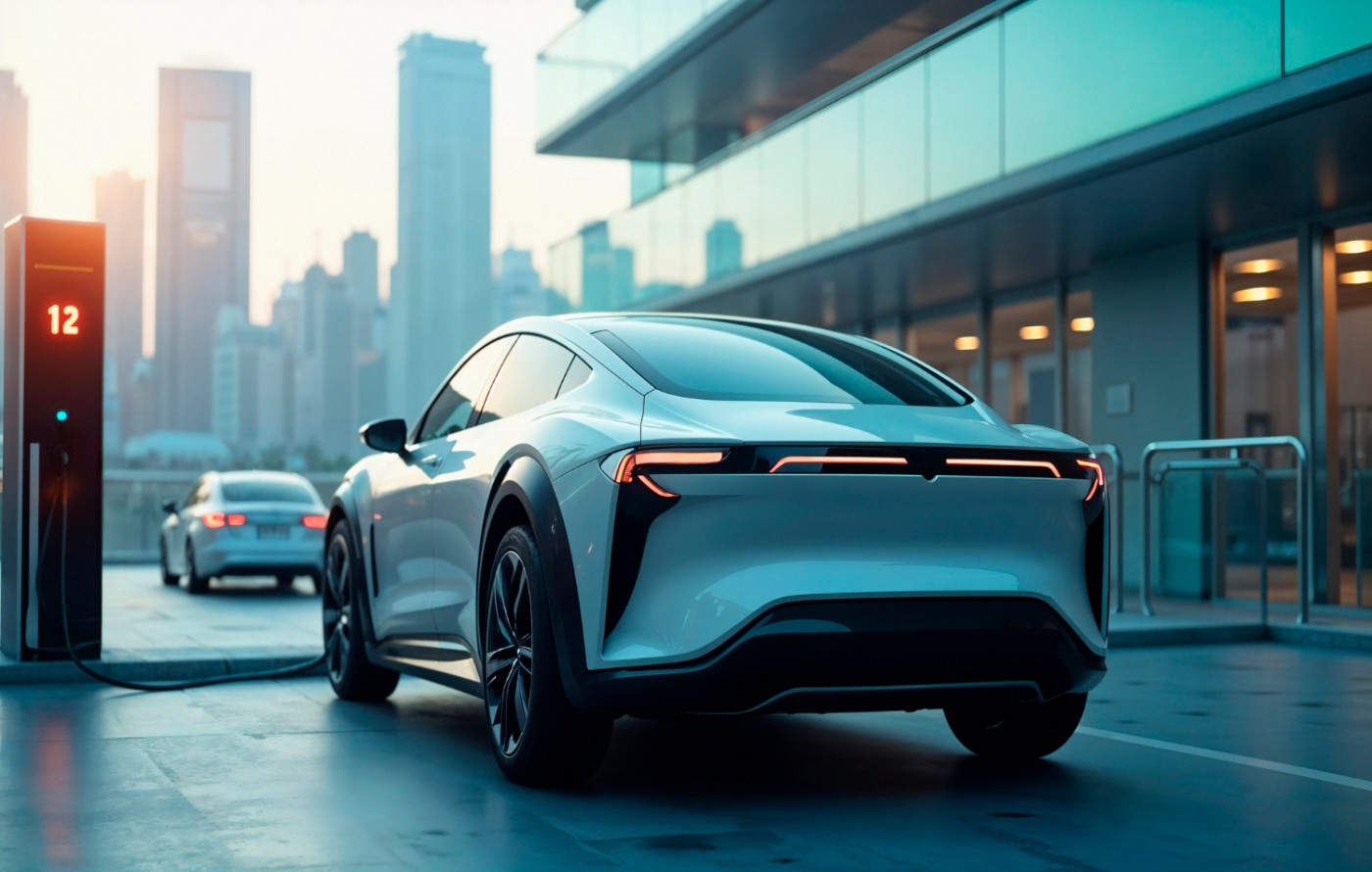
Solid-State Batteries to Wireless Charging: 5 Global EV Trends to Watch
- By SDC EV
Electric vehicles (EVs) are no longer the future—they’re the now. But what’s coming next could be even more transformative. As EV adoption accelerates worldwide, charging technology is entering a phase of rapid innovation, promising faster, cleaner, and even contactless solutions.
Let’s explore the top 5 global EV trends poised to revolutionize charging in the coming decade—from lab breakthroughs to real-world pilots already reshaping the EV experience.
1. Solid-State Batteries: The End of Range Anxiety?
One of the biggest game-changers in EV charging is happening inside the battery itself. Solid-state batteries, which replace the liquid electrolyte in lithium-ion cells with a solid one, are poised to deliver:
Faster charging times (10–15 minutes for 80%)
Higher energy density (up to 2x range)
Longer lifespan and reduced fire risk
Companies like Toyota, QuantumScape, and Samsung SDI are in advanced testing phases, with mass production expected by 2027–2028.
Why It Matters:
Solid-state batteries could eliminate the biggest psychological barrier to EV adoption: range anxiety. With longer range and faster charging, EVs will rival or even outperform petrol vehicles in convenience.
2. Wireless Charging: No Cables, No Hassle
Imagine pulling into your driveway and your EV starts charging—without plugging in a single cable. That’s the promise of inductive wireless charging, already in pilot phases in countries like the US, Germany, and China.
Brands like WiTricity, Electreon, and BMW are pioneering this with:
Static pads for parking spots
Dynamic charging embedded in roads
Real-World Testbeds:
Oslo, Norway: Taxi fleets using wireless pads for fast top-ups
Michigan, USA: First public road with embedded wireless charging (under construction)
Why It Matters:
Wireless charging will make EVs more user-friendly, especially for fleet vehicles and taxis. It also unlocks autonomous EV potential, where a robotaxi could charge itself without human help.
3. AI-Optimized Smart Charging Networks
Charging doesn’t just need to be fast—it needs to be smart. AI-driven charging systems are being deployed to:
Predict demand surges
Balance grid loads in real time
Optimize energy sourcing (e.g., solar during peak sun hours)
Companies like Tesla, ChargePoint, and Tata Power are integrating AI into their networks for load forecasting and routing optimization.
Why It Matters:
AI ensures charging infrastructure is efficient, scalable, and green. This is crucial for high-EV-traffic areas and for integrating renewables like solar and wind into the charging ecosystem.
4. Vehicle-to-Grid (V2G) Technology: Your EV as a Power Bank
What if your parked EV could send power back to the grid when demand is high? That’s the idea behind V2G (Vehicle-to-Grid)—a two-way charging system where electric cars help stabilize the energy grid.
Countries like Japan, UK, and the Netherlands are piloting V2G networks, and automakers like Nissan and Ford already offer compatible vehicles.
Why It Matters:
V2G turns EVs into mobile power assets, helping balance energy needs, lower electricity bills, and reduce pressure on traditional power infrastructure—especially during peak hours or outages.
5. Modular & Mobile Charging Stations
In areas where building fixed infrastructure is costly or impractical, portable or modular charging stations are emerging as a smart solution. These include:
Battery-equipped mobile vans
Container-based solar chargers
Swappable charging pods for rural or temporary use
Startups in India, Africa, and Southeast Asia are already experimenting with low-cost, movable EV charging setups for underserved areas.
Why It Matters:
This democratizes EV adoption by bringing infrastructure to where it’s needed most, not just where it’s profitable. Perfect for emerging markets, festivals, or rural highways.
Final Charge: The Road to 2030 Is Electric—and Smarter
From faster batteries to smarter grids and invisible charging pads, the future of EV charging is being reimagined in labs, on roads, and through global pilots right now. These innovations will not just support higher EV adoption—they’ll reshape how we live, move, and power our world.
As India and other emerging EV markets scale up, these five trends offer a glimpse into what’s next—and what’s worth preparing for.
Because the future of EVs isn’t just about driving electric—it’s about charging the world differently.
